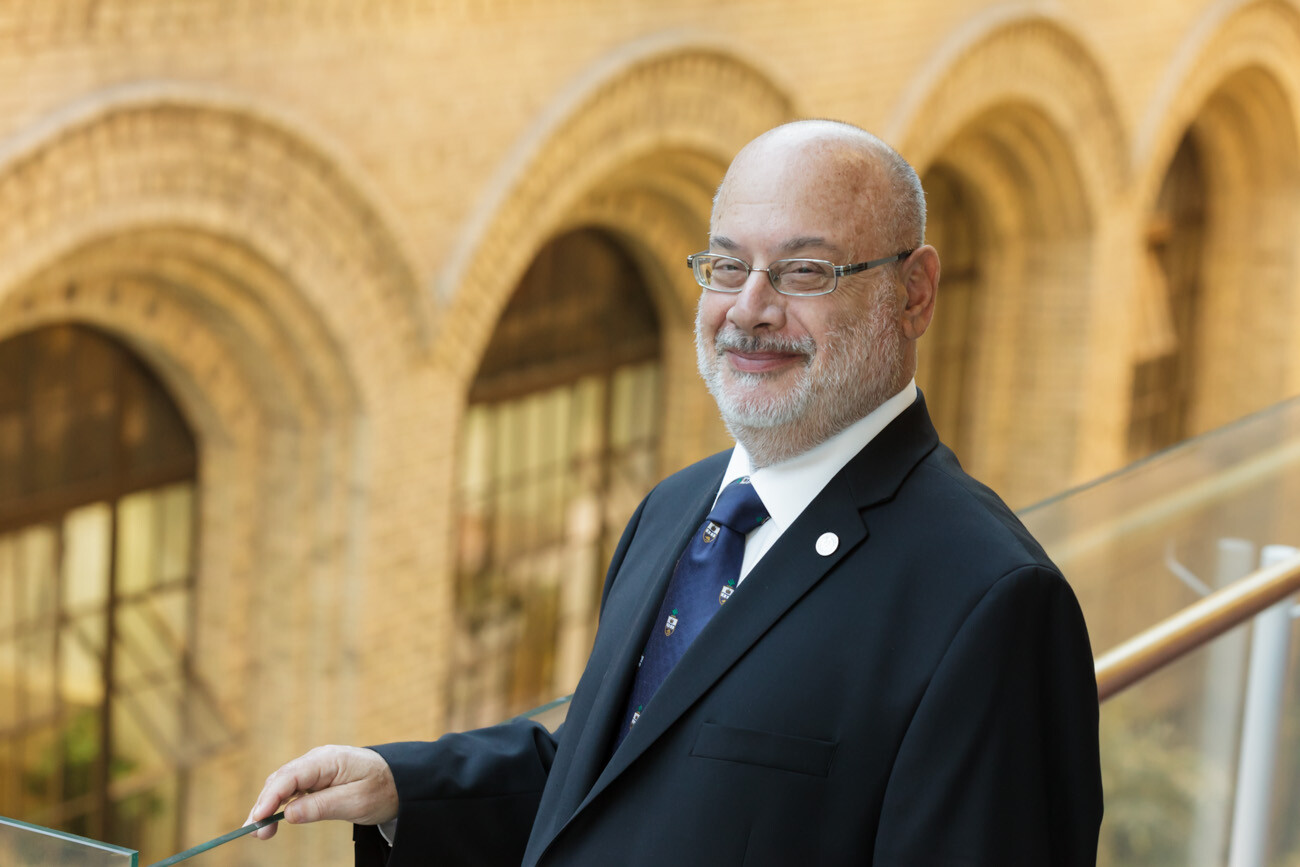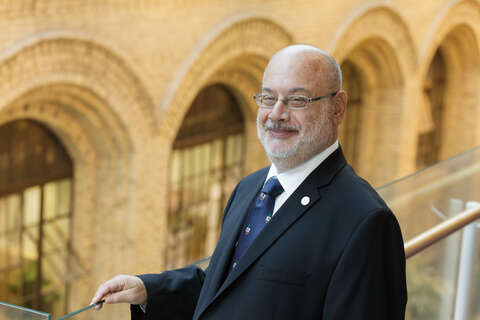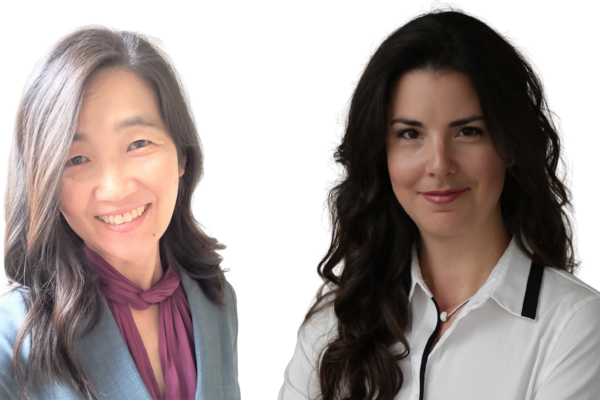Mobile Menu
- Education
- Research
-
Students
- High School Outreach
- Undergraduate & Beyond: Community of Support
- Current Students
- Faculty & Staff
- Alumni
- News & Events
- Giving
- About

Katie Babcock

These are some of the questions that Professor Avrum Gotlieb addresses in his new book Planning a Career in Biomedical and Life Sciences: Making Informed Choices. As a former Chair of and current Professor in the Department of Laboratory Medicine and Pathobiology, Gotlieb has encouraged many students to proactively plan their careers. He explains to writer Katie Babcock why he wrote this book and the steps that students need to take to find success.
Why did you write this book?
In my personal and professional experience, I recognized a gap in our educational process. Although students acquire scientific expertise, they often don’t know how to develop their career. Many students have said to me “If only I had known” or “I missed the deadline to apply.” I want to demystify careers in biomedical and life sciences and encourage students to proactively plan their futures. This preparation can start as early as high school, and it continues through undergraduate, graduate and postgraduate studies.
What is the single most important piece of advice you would give to a student who is considering a career in biomedical and life sciences?
Students should actively research career paths and become well-informed about their future options. It’s all about finding the right fit. In my book I suggest that students develop a long-range written career plan that provides a clear path, but also allows for serendipity. For example, I knew a student who had a concrete plan, but she wanted to pursue another career after volunteering abroad for a year. She was able to adjust her plan to get the necessary training. The planning process is dynamic and I strongly believe, as did Louis Pasteur, that “Serendipity favours the prepared mind.”
What are the biggest challenges students face in pursuing a career in biomedical and life sciences?
One of the main challenges is job availability in Toronto, but there are many unrecognized opportunities in this city as well as across Canada and abroad. Overall, students need to be flexible and go to where the jobs are.
To be successful, students should concentrate on producing high-quality research, which will open doors and help launch their careers. They should become experts in their area and will find that they can use their analytical, communication, problem-solving and teamwork skills in any future position. In graduate training they learn how to deal with failure and how to adapt to different job conditions, a skill which is crucial for today’s job market — it’s not only what happens to you, but how you react to it.
How can students best prepare for their first job?
Students need to network from day one. It’s essential that they have a clear and concise elevator pitch to describe their work. Up to 80 per cent of jobs aren’t formally posted, so the more contacts you have in different areas the better. For example, I know that some students join scientific societies, and that’s a great way for them to meet senior professionals. Students can also present their research and network at scientific meetings.
What does the future hold for the field of biomedical and life sciences?
The future is very bright for academic and non-academic careers in biomedical and life sciences. Health care is a top community priority and new areas such as precision medicine, where patients receive targeted treatment for a disease, are expanding. Discovery science and translational and clinical research are needed to understand the abnormal biology of disease and thus impact health care.
The transferable skills that students gain from a graduate degree in biomedical and life sciences can also be successfully applied to many other areas. The key is for them to be well informed about academic and non-academic opportunities, choose a path and actively pursue it. Students often say “How do I start?” The information in this book will help them begin their career development process.

